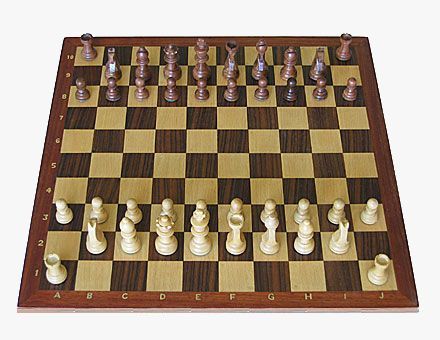Considering that at least Cutechess, Sjaak II, and Fairy-Stockfish use the more natural, in the sense of not creating an unnecessary exception, counting from 1 to 10 for the UCI protocol, while of course all use the 0 to 9 counting in CECP, I question the existence of a de facto standard here. CECP and UCCI decided to use the 0 to 9 counting and that is all fine, but introducing it in UCI just because a specific engine for a specific variant uses it (although it would be much better off just using UCCI, but I admittedly do not know if Cyclone predates UCCI) would be confusing. Since Fairy-Stockfish also supports UCCI, you can also try UCCI2WB if you do not want to change the move conversion in UCI2WB due to compatibility with existing Xiangqi engines.

It turns out that Fairy-Stockfish numbers ranks 1 to 10 on boards with 10 ranks, in UCI mode. The de facto standard for this is to use 0-9. This makes SF incompatible with existing, for instance, existing UCI Xiangqi engines such as Cyclone. It also makes it impossible to run SF as UCI engine under XBoard + UCI2WB (e.g. to work around the ponder problem).